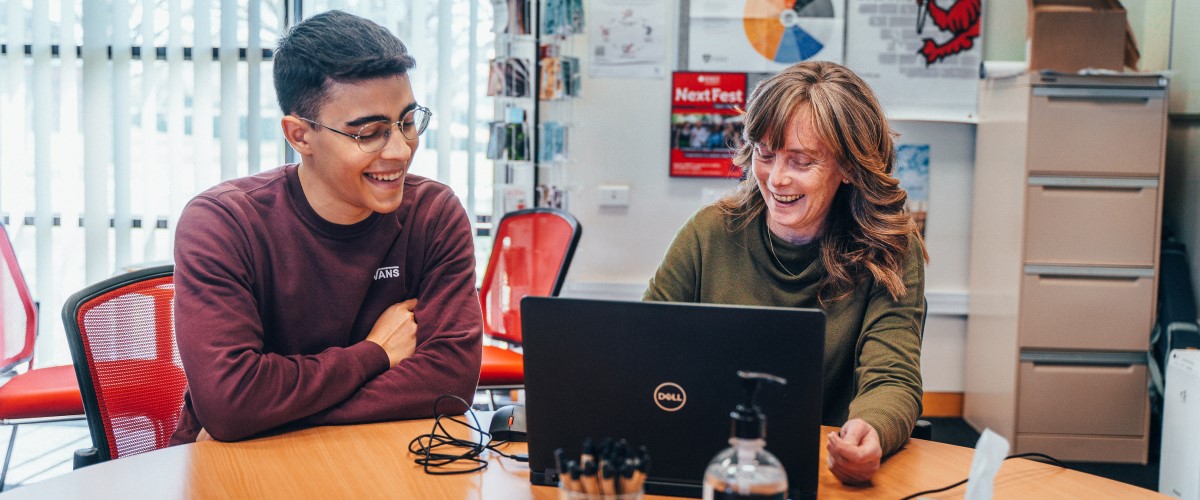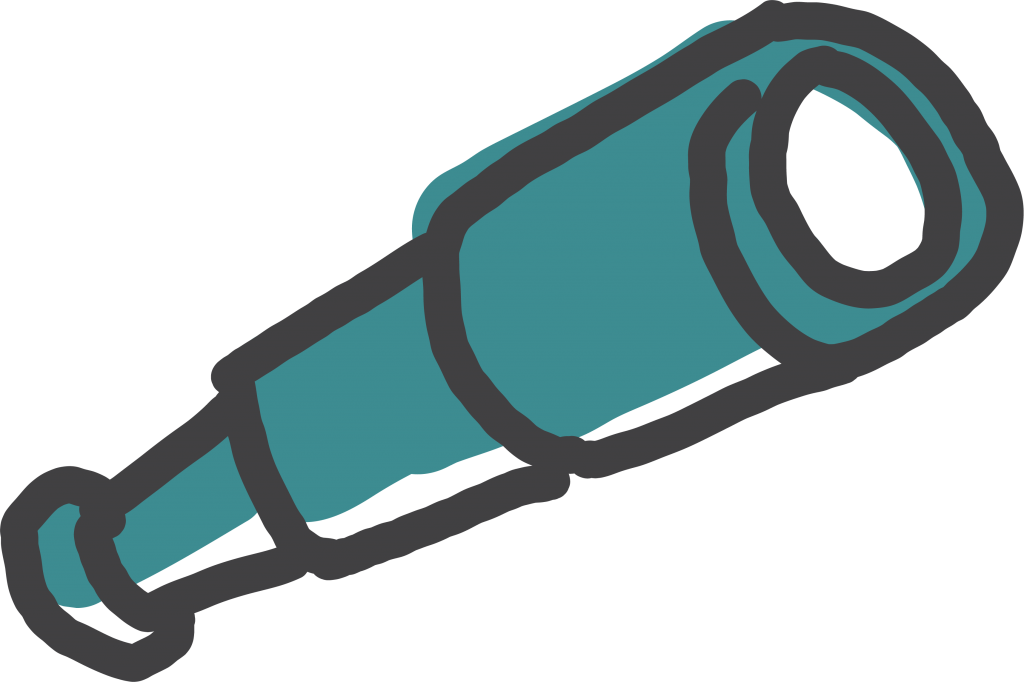You’ll need a plan for what you’re doing in Years 11 and 12
If you’re in Year 10, you’ll need to nut out a plan for the next two years of your education (the sooner you start this the better). This plan is your commitment to reaching your further education and training goals beyond Year 10. And we’d encourage you to aim high.
What are your further education and training options?
You can choose any of the following education and training options. Or a combination of these options if the provider/s allow:
- Keep going with your studies in Years 11 and 12 at any government or non-government school, or college, or another secondary school provider
- Schools and colleges can offer a range of TASC and VET courses to suit your interests and aspirations
- You can also consider an Australian School-based Apprenticeship or Traineeship (ASbA), which allows you to gain employment and training, as well as attending school/college
- Or start an apprenticeship or traineeship with an employer

What is a Transition Statement?
- A Transition Statement is issued to Year 10 students at Government, Catholic and Independent schools to acknowledge a student’s commitment to reaching their goals through further education and training.
- After receiving a transition statement, young people must continue to participate in education and training by choosing to stay at school or undertaking other education or training options.
- Schools use different ways to advise students that they have received a Transition Statement. Students may receive a letter, or have a message on their Year 10 end-of-year school report.
How do you receive a Transition Statement?
- To receive a Transition Statement, a Year 10 student must ensure that their transition plan or eligible options* is provided to their school principal before the end of the school year.
- A plan includes the type of education and training the student plans to undertake after Year 10 and their preferred education and training provider/s.
- A copy of the intended learning program is provided to the student’s chosen education and training provider/s to ensure a coordinated transition into further education and training.
- Students still need to complete the enrolment process with their chosen education and training provider.
Change can be pretty overwhelming, but you’re not alone
Navigating change can be hard and often confusing, and sometimes you’re not sure where you want to go or how to get there!
It’s good to know you don’t have to do it on your own, and that it’s ok to not always have it all figured out. There’s so much time for you to explore your interests, learn new things and take on new experiences. Just know that people have been going through change forever, using the tools and people around them to get through. Your path will be uniquely yours and you’re free to do it your own way, everything will work out.
Check out the video below to hear some advice about navigating change and transition. If you would like to learn more about making career decisions why not start with the Career Toolkit.


Find out more
Your school is a great place to start. You (and your parents/carers if you’d prefer) can to talk to your school to work out a plan that suits you, and to discuss your options. You’ll also find lots of useful stuff by checking out the transition statement fact sheet.
*Schools may call an ‘intended learning program’ by another name. For example; Government schools use the term ‘Transition Plan’, while Non-Government schools may use the term ‘Eligible Options’.
